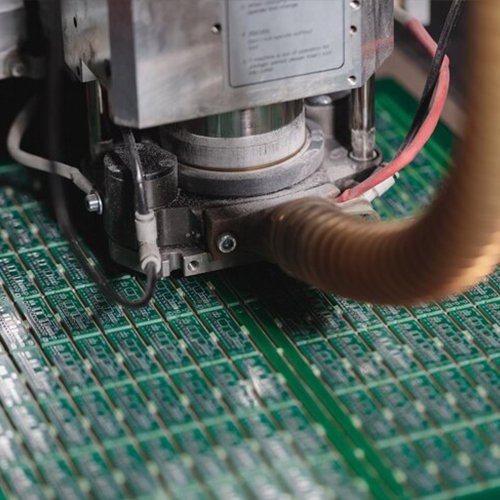Servo Motor Encoder Repair
Repairing a servo motor encoder involves a careful process of diagnosing and addressing issues that affect the motor’s ability to accurately detect position and speed. The first step is to confirm that the encoder is indeed the source of the problem. Common symptoms include erratic motor movement, feedback errors, or alarms from the motor controller. Begin with a visual inspection, checking the encoder housing for physical damage and ensuring all wiring and connectors are intact and free from corrosion or wear. If the encoder uses optical technology, dirt or oil on the disk or sensor can cause malfunction, so cleaning these components gently with isopropyl alcohol and a lint-free cloth may resolve the issue.
Electrical testing is also essential—using a multimeter or oscilloscope, verify that power is reaching the encoder and that output signals (such as A, B, and Z channels in quadrature encoders) are functioning properly. If the encoder is misaligned due to vibration or wear, realignment of the encoder disk and shaft may be necessary to restore accurate signal generation. In some cases, internal components like sensors or magnetic strips may need replacement, provided the encoder is serviceable and components are accessible.


